Foundation
The Project
The Cordts Art Foundation would like to address female applicants from different fields: painting, sculpture, installation, music, dance and literature. No applied art, no graphics. The works should be ambitious and preferably include new media.
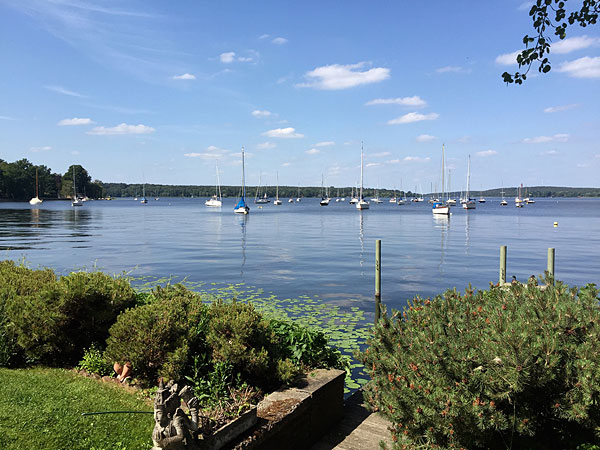
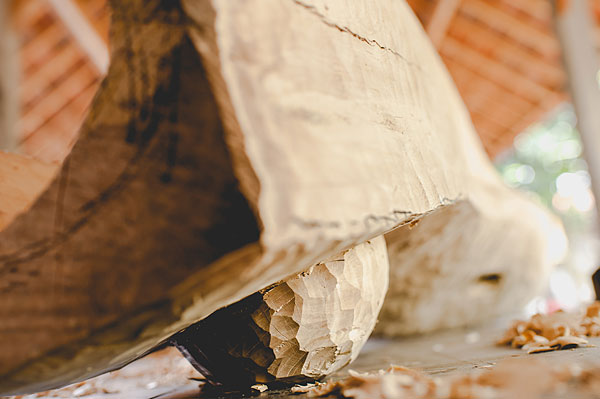
A board of trustees will select suitable applicants. There is no age limit. However, their training should be completed.
“I hope that something will be created on Schwanenwerder that has never existed before. It shouldn't primarily be about sales,” explains Franziska Seifert. Rather, she wants to get women artists out of their routine and give them the chance to make contacts and present themselves and their work to a wider audience, as, at the end of their stay, the artists will present their results in an exhibition, a reading or a concert.
The artists can live and work free of charge on this exclusive island in southwest Berlin for a minimum of three and a maximum of ten months. A monthly public transportation ticket from Berliner Verkehrsbetriebe (BVG) will be provided.
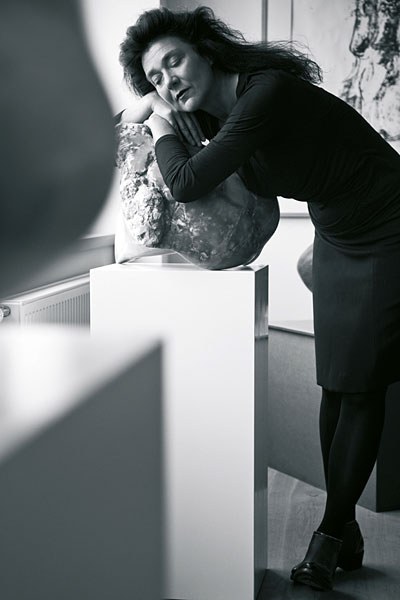
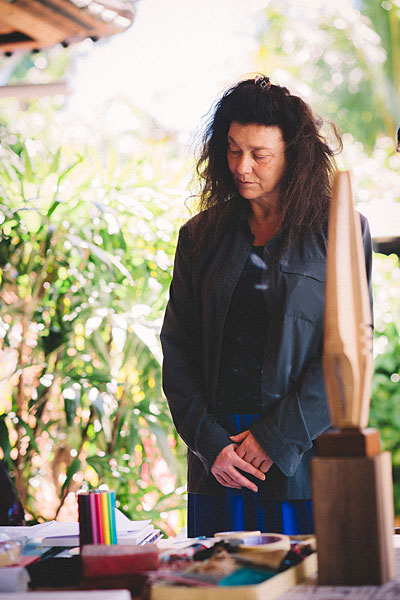
The Founder
Sculptor and founder Franziska Seifert is married to entrepreneur and poet Tim Cordts, who is fundamentally involved in all her projects. Together, they founded the family foundation Franziska & Tim Cordts-Stiftung and now additionally Cordts Art Foundation which has recently been granted charitable status.
Exceptionally Vivid Stone Works of Art
She revolves around the object like a panther its prey, stroking its surface and feeling her way through all its indentations and recesses. “I can feel what I can get out of the stone,” says sculptor Franziska Seifert, before she sets to work with hammer and chisel.
The artist who lives in Hamburg works primarily with stone in her studio in Hamburg-Wilhelmsburg. These stones come from all over the world. Among them are sandstone (Thuringia, Bali), alabaster (Italy), opal (Namibia), dolomite and shell limestone (Alps).
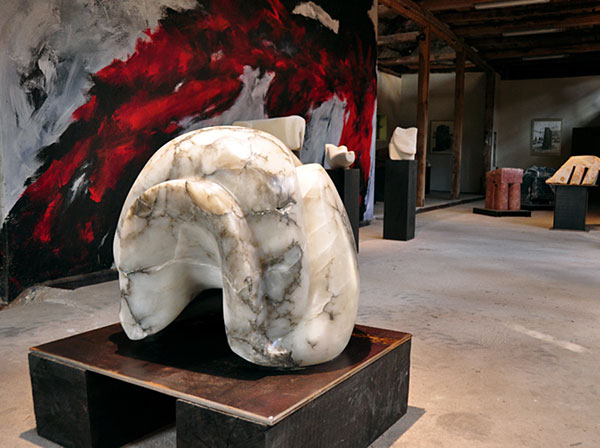
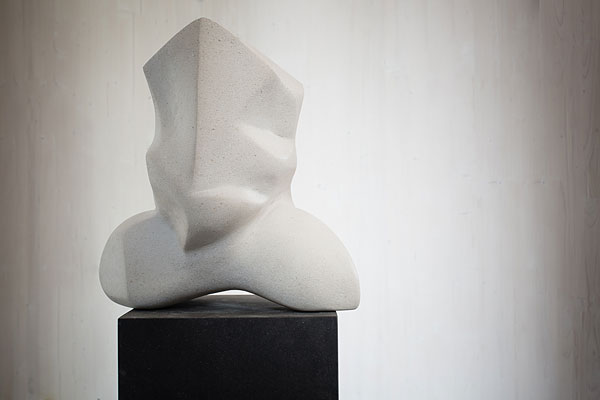
“I select the stones I use for my sculptures very carefully,” explains Franziska Seifert. “For the main part, these are very coloured or very hard, polishable stones. It is important to me to emphasise their colorfulness, their randomness and their veins, or to let the monochrome colour and mattedness of the surface speak for themselves.”
The sculptor breathes a surprising amount of life into the cold, rigid material. Her works are body like, showing a hip swing here or a part of a shoulder there. Movements that express emotions are what interest her. Smooth or rough, matte or shiny surfaces contribute to this vividness and invite one to touch.
From Monotype to Sculpture
The process of creating the two-dimensional works on paper is particularly interesting. Franziska Seifert uses the traditional Asian monotype technique to prepare her sculptures. To create these multi-coloured graphics she applies pressure, often requiring the use of her entire body. Only one print is produced at a time.
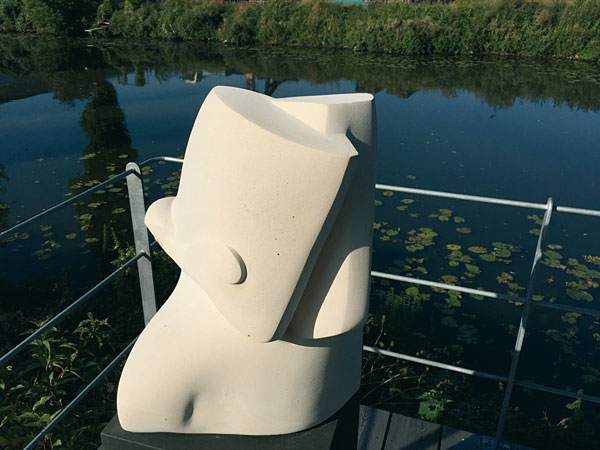
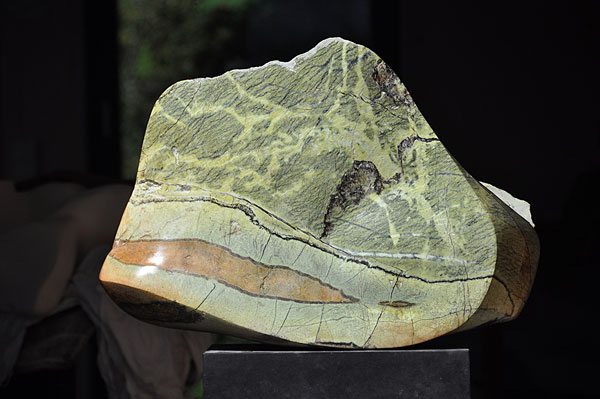
The artist comes from Buxtehude (Lower Saxony). Even as a child she liked to paint and draw. “That always made my life easier,” remembers the 55-year-old. After graduating from high school, she first went to the Alsterdamm School of Visual Arts in Hamburg and then studied illustration at the Fachhochschule für Gestaltung in Hamburg from 1986 to 1991.
The Exchange with Other Cultures Is Essential
She started working with stone in 1998. Study trips as well as work trips took her to Italy, to Easter Island in the South Pacific where she studied the over 700-year-old monumental stone sculptures depicting human figures with oversized heads, and to Bali, where she got to know materials such as bamboo root and rice cardboard that she hadn't known before. Indonesia intrigued her like no other country. For the past fifteen years Franziska Seifert and her husband have been going there regularly for several months at a time. In Bali, the artist learned from local carvers and stonemasons, was inspired by their techniques and motivated to create new works.
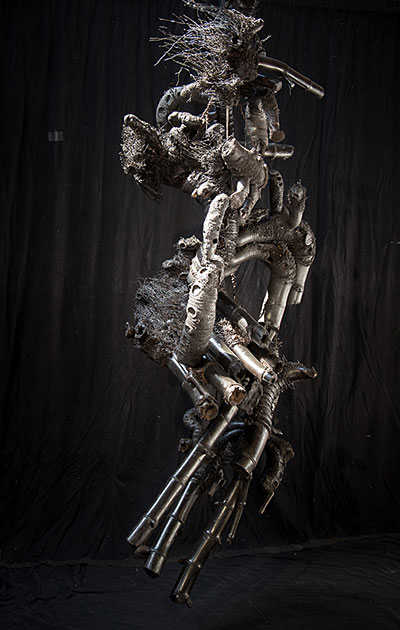
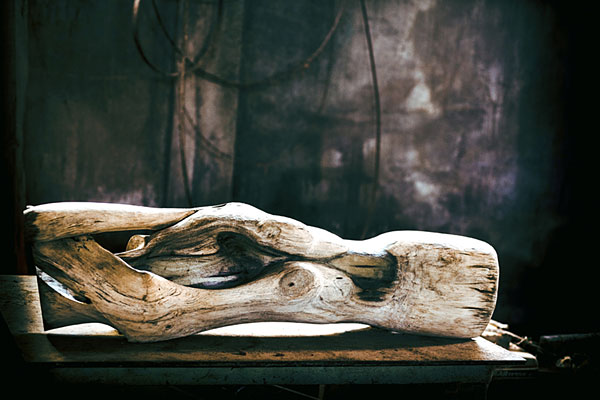
Since then the exchange with other cultures has been of great importance to her. This is manifested in her trilingual book North down equator a world widespun containing beautiful photos of sculptures and drawings as well as the story of their respective creative process. This book was made possible through personal contacts with people from Indonesia and Burma who offered access to local materials and working methods. The whole cultural environment is reflected in the sculptures, installations and prints, albeit in an altered form and blended with European mentality. Needless to say that female artists from abroad are very welcome at “Women Artists in Residence”.